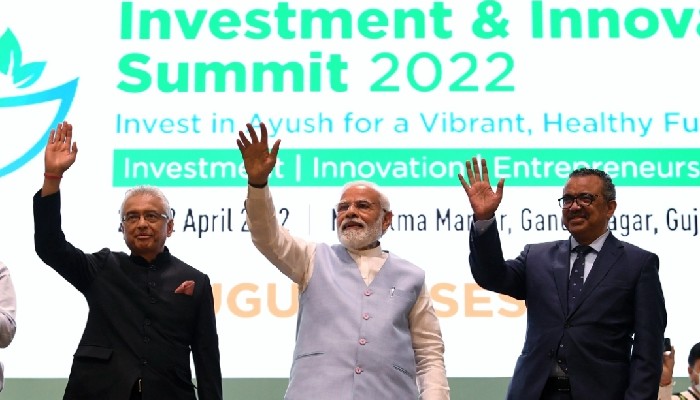The pandemic has presented new challenges and also opportunities for our education system, says the Union HRD Minister
In his recent article, Life in the era of Covid-19, Prime Minister Narendra Modi stated that the poor are often beneficiaries of the transformational impact of technology. He said that technology demolishes bureaucratic hierarchies, eliminates middlemen, and accelerates welfare measures. He spoke of technology as being transformative for education.
Finance minister Nirmala Sitharaman announced a slew of measures for the education sector as a part of the Rs 20 lakh crore economic package, which is intended to get the economy back on track. The key principles behind the education sector reforms are equity and access for students. She dwelt on adopting innovative curricula and pedagogies, concentrating energies in gap areas, being more inclusive and integrating technology at every stage to push human capital.
Let us look at access. When I assumed charge, I focused on the gross enrolment ratio (GER) in higher education. Of the total population in the age group of 18-23, which is around 150 million, only 26.3% (37 million) are enrolled in the education system. China, which had the same GER of India in the 1990s, has brought it up to 48%. The United States is at 88% and the United Kingdom is at 60%. This calls for deep introspection. Though we have made rapid strides to increase access in the past six years, I feel that the tipping point has arrived. To create a new India, and face the immediate challenge to education posed by the coronavirus disease (Covid-19), we need a paradigm shift in the manner of in which youth can access the education system.
The other bedrock on which the announcements were based on is equity. In a diverse country like India, we need to look at how to provide equal opportunities for learning so that a student in a rural setting gets the same education material as that of a student in an urban one. How can we ensure that the learning outcomes of students in a certain age group or even a certain grade across society are the same?
We have tried to find solutions to improve equity and access during and after the Covid-19 crisis. The PM has been firmly behind India’s trajectory of progress and development from an information society to a creative one. The Digital India campaign launched by the government has led to a digital revolution. Today, India has 504 million active Internet users, more than the population of the United States. Riding on the success of Digital India, the ministry of human resource development (MHRD) has launched a comprehensive initiative called PM e-Vidya which unifies all efforts related to digital/online/on-air education for further expansion of e-learning in higher education. In other words, we are liberalising the open, distance and online education regulatory framework.
Digital learning through the PM e- Vidya and Open Distance Learning (ODL) in higher education will create equal access to teachers in integrating technology into their curriculum for students of varied geographies and backgrounds. This will ensure that no child is left untouched by the power of technology and education. We envision technology as a catalyst in bringing equity to society.
The new education paradigm will take the best of the traditional classroom and digital learning to empower students and teachers as outlined in the new education policy. Equity is the cornerstone of all educational decisions, ensuring all students can thrive in the education system. The approach to equity and inclusion will be kept common across schools and higher education. The ministry of human resource development will continue to ensure equitable access to quality education, with special emphasis on socioeconomic disadvantaged groups across schools and higher education, providing each student with access to the best in learning resources, and teachers across the world. The policy’s vision includes the following key changes to the current system. One, moving towards a higher educational system consisting of large, multidisciplinary universities and colleges, with at least one in or near every district. Two, the building of free boarding facilities in the form of hostels. Three, revamping curriculum, pedagogy, assessment, and student support for enhanced student experiences across schools and higher education. Four, strengthening of open schooling. Five, a substantial increase in scholarships at private/philanthropic universities for disadvantaged and underprivileged students. Six, the creation of a gender-inclusion fund. Seven, and most important, creating a cohort of highly motivated and rigorously trained teachers for all learners.
The pandemic has presented new challenges and also opportunities for our education system. India is ready and equipped to reimagine the future of digital education through PM e-Vidya while addressing the needs and rights to education for every child. This will mark an era of progress where school and higher education institutes will be enabled to foster constant innovation and become more resilient.
Ramesh Pokhriyal ‘Nishank’ is the Union minister of human resource development
The views expressed are personal
Courtesy: Hindustan Times
 Contact Us
Contact Us  Subscribe Us
Subscribe Us









 Contact Us
Contact Us
 Subscribe
Subscribe
 News Letter
News Letter

